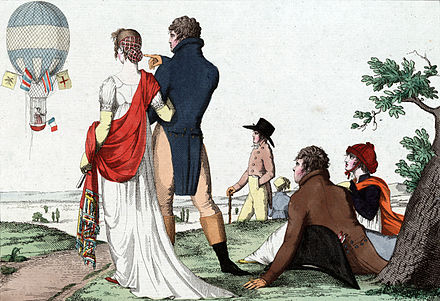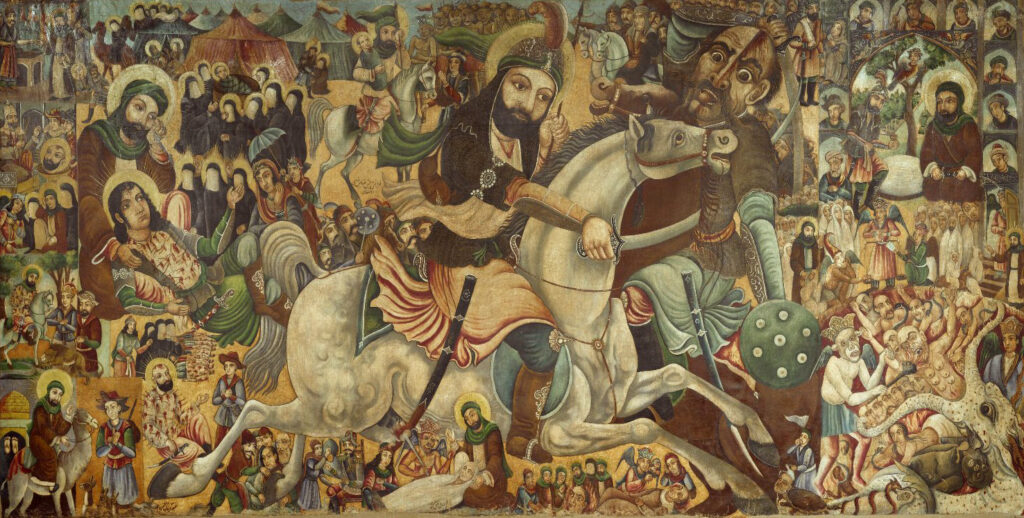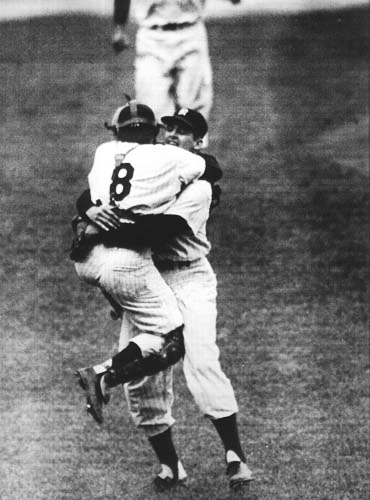1777 Death of Samuel Foote
The tastes of one age are not necessarily the tastes of another and this particularly applies to humour. What has the audience rolling in the aisles one year is yawned at the next. Dubbed the “English Aristophanes”, Samuel Foote (1720-1777) was once accounted the wittiest man of his age but now seldom merits even a footnote in the history of British literature.
Foote trained for the legal profession but he was a man of a light and careless disposition, more eager to spend money than to make it, preferring the pleasures of the tavern to those of the law courts. He soon ran through his inheritance and that of his wife, winding up for a spell in debtor’s prison. For lack of a better alternative he turned to the stage and after discovering that he had no talent for tragedy began a career in comedy. His satires such as An Englishman in Paris, Diversions of the Morning, and Taste won him a contemporary reputation but not always financial success.
What tickled the ribs of 18th-century London may be seen in this collection of Foote’s more famous bon mots:
While present one evening at the Lectures on the Ancients, adventured on by Charles Macklin, the lecturer hearing a buzz of laughter in a corner of the room, looked angrily in that direction, and perceiving Foote, said pompously: ‘You seem very merry, pray, do you know what I am going to say?’ ‘No,’ replied Foote, ‘do you?’
On another occasion, while dining at Paris with Lord Stormont, the host descanted volubly on the age of his wine, which was served out in rather diminutive decanters and glasses. ‘It is very small for its age,’ said Foote, holding up his glass.
‘Why do you hum that air?’ he said one day to a friend. ‘It for ever haunts me,’ was the reply. ‘No wonder,’ he rejoined, ‘you are for ever murdering it.’
A mercantile friend, who imagined he had a genius for poetry, insisted one day on reading to him a specimen of his verses, commencing with, ‘Hear me, O Phoebus and ye Muses Nine;’ then perceiving his auditor inattentive, exclaimed, ‘Pray, pray, listen.’ ‘l do,’ replied Foote, ‘nine and one are ten, go on.’
Having made a trip to Ireland, he was asked, on his return, what impression was made on him by the Irish peasantry, and replied that they gave him great satisfaction, as they settled a question which had long agitated his own mind, and that was, what became of the cast-off clothes of the English beggars.
















